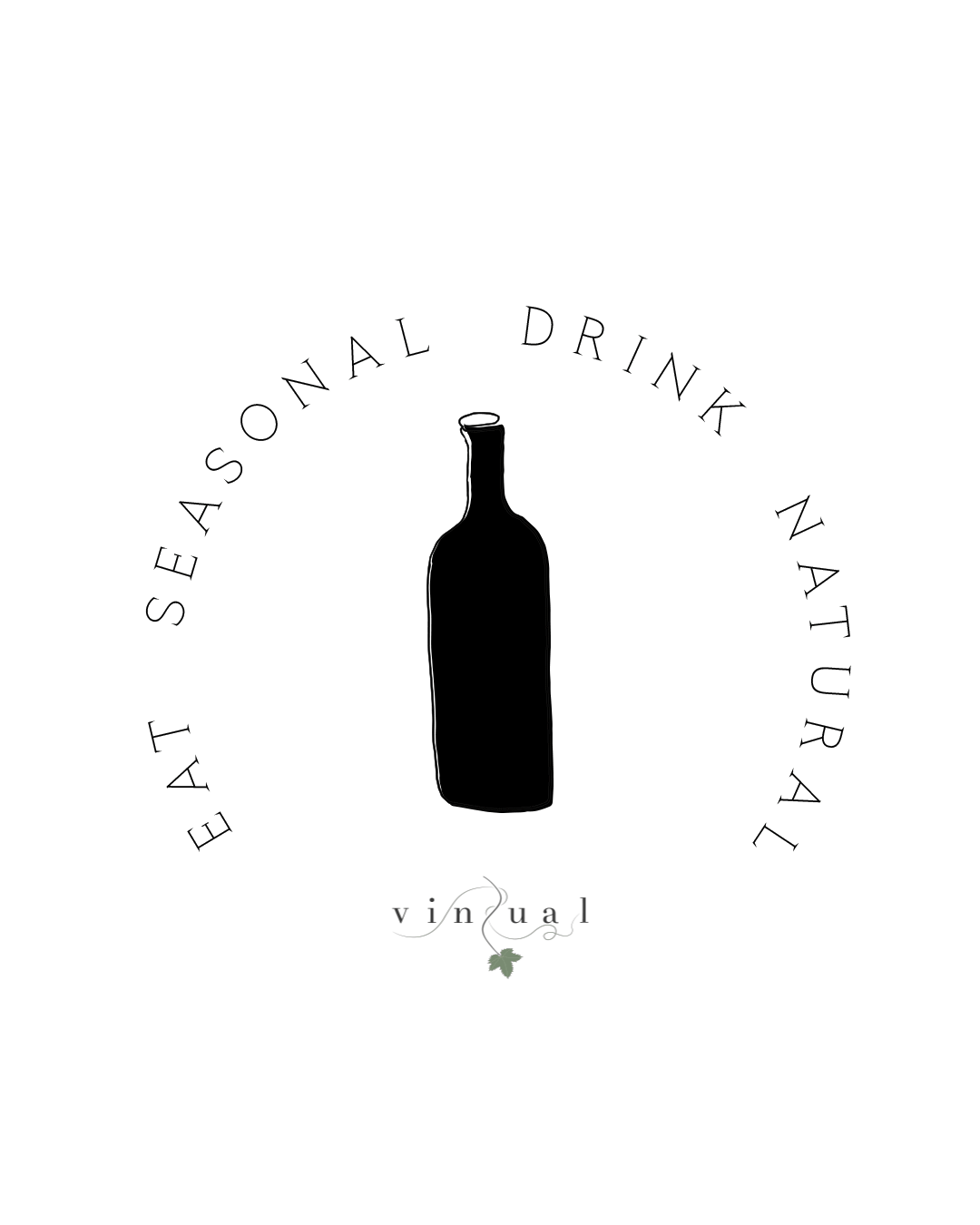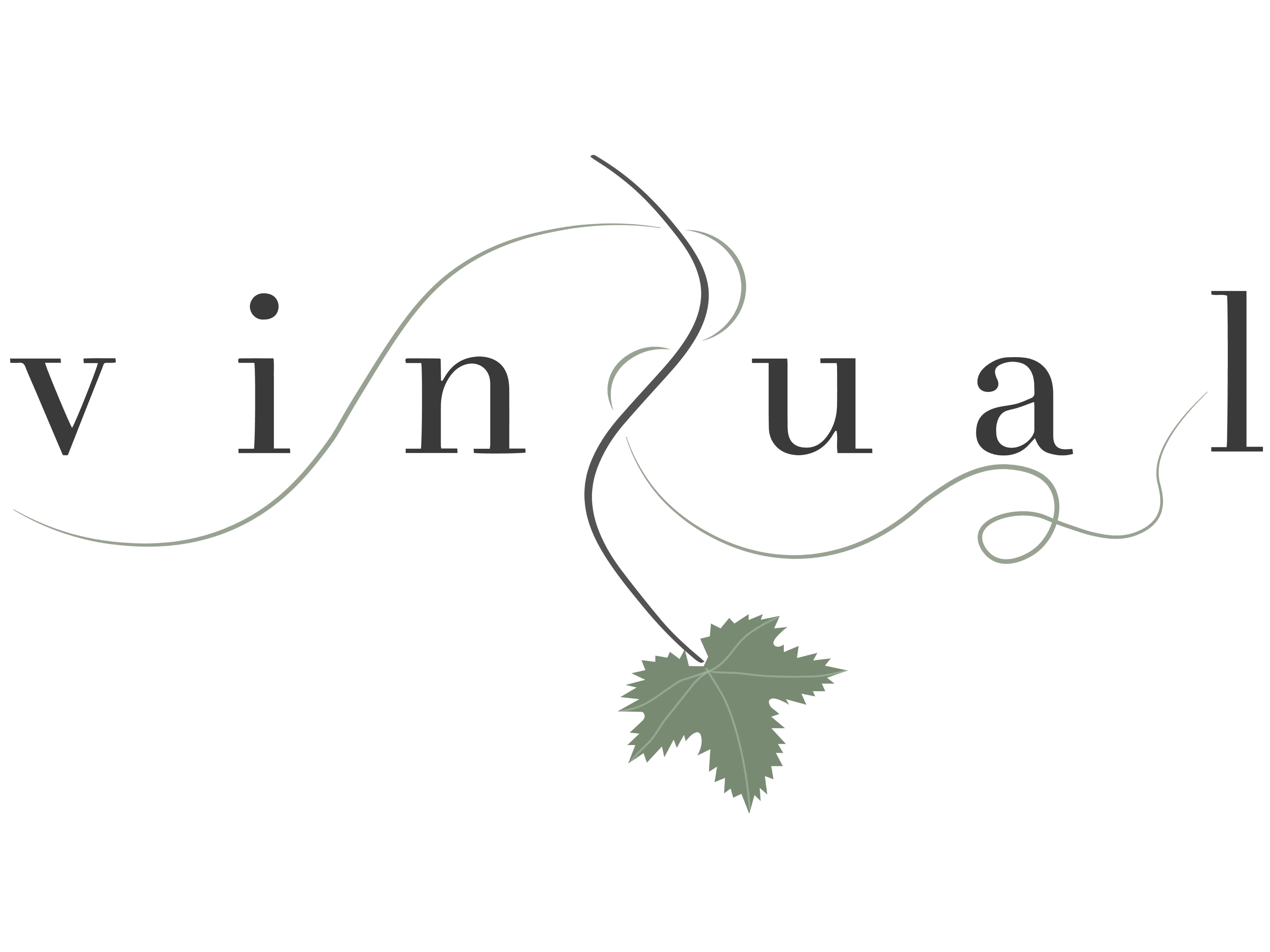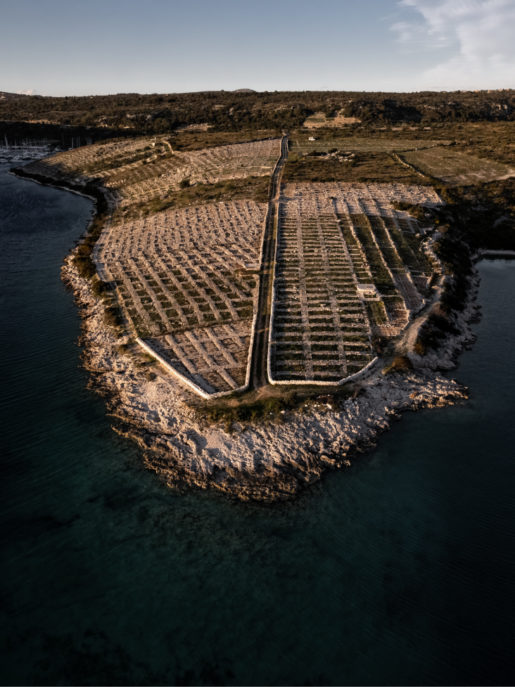
When I saw a borscht risotto recipe featuring beetroots and shredded (pulled) beef, I was immediately caught up on it. Borscht is a winter soup, originating from Ukraine. It is traditionally made of beetroots, and optionally some meat, potatoes, cabbage, carrots, and beans. For this risotto, inspired by the recipe from Dana Frank and Andrea Sloenecker, I used beef chuck, beetroots, carrots, onions, cumin, bay leaf, lemon and orange juice, red wine, arborio rice, and some sour cream to decorate. Sounds delicious? Feel free to reach out for a whole recipe and up spice your game for this month of love.

This vibrant color, creaminess, and juiciness of the risotto, guides you easily to think of Barbera, similarly mild but provocative. I had just purchased a blend of Barbera and Bonarda (Croatina) that I was looking forward to taste. I guess, one thing led to another (wink)… and here we are!
Barbera is the Northern Italy’s variety that was once one of the most planted grape varieties of Italy. That, and the fact that it was usually planted on the cooler and lesser sites, leaving better and warmer sites for Nebbiolo, had resulted in this variety being labelled as “not exciting” & “ordinary”. But, ever since the new era of easy drinking, vibrant and, food friendly wines begun, it started to enjoy its revival. That is thanks to its characteristics – high acidity, low tannins, fruitiness, light body and vibrant color.
Croatina (Bonarda) is an aromatic variety, with fruity, floral and slightly spicy aromatic profile that was always appreciated in the blends of Piedmont, Lombardia, and Emilia – Romagna. Except the aromatics, this grape can bring velvety mouthfeel, warmth, and juiciness to the blend. Probably, the most famous blend it makes is exactly with Barbera – Gutturnio Piacentino DOC from Emilia-Romagna.
These two varieties make the whole assortment of red grape varieties grown at the La Stoppa estate. That is what Elena Pantaleoni (the owner) decided when inheriting the winery from her parents– to dedicate their production to growing native, well-adjusted varieties and producing genuine wines that closely represents the terroir. Situated in Emilia-Romagna, in the Piacenza province, La Stoppa holds around 30 ha of vineyards, grown organically. All of their wines goes through spontaneous fermentation led by native yeasts, without adding any additives except from a little sulfur added prior to bottling.
The proximity of the river Trebbia and Trebbiola valley, where the vineyards are situated, inspired the name of this particular wine “La Stoppa Trebbiolo 2020”. It is made 60% from Barbera and 40% of Croatina (Bonarda). Trebbiolo is their entry-level wine, released first on the market as the youngest wine they make. Therefore, it is a great way to step into the world of easy drinking, fresh styles of wines made from Croatina.
The grapes were hand harvested, destemmed and fermented spontaneously with indigenous (native) yeasts in inert vessels. After 20 days of maceration and fermentation, the wine continues to age for a short time, part in stainless steel and part in concrete tanks.

Tasting…
Even though the wine is made in a young and fresh style, I would recommend leaving it open for 15 minutes before tasting.
Fruitiness from both varieties makes this wine so charming. On the nose, it shows fresh red cherries and raspberries aromas that already suggests the crispy and vibrant acidity. The red fruit spectrum is completed with some floral aromas and savoriness of blackberries and wet soil. Delicate sweet spices I couldn’t detect at the moment rounds up the aromas and flavors that lingers on the velvety and juicy palate. Bright acidity and barely physically present tannins make this wine so easy drinking and food friendly, it’s hard to resist pouring up the second glass.
The risotto, on the other hand, has this rich but delicate creamy texture that is washed up with the acidity of the wine, while the acidity from the risotto enhance the fruitiness of the wine. Beetroot and slow cooked meat both provide this kind of umami flavors, which is greatly carried with the light, juicy body and low tannins, leaving the velvety finish from both.
My people loved this pairing, I hope yours will too.
With love,
Nina



